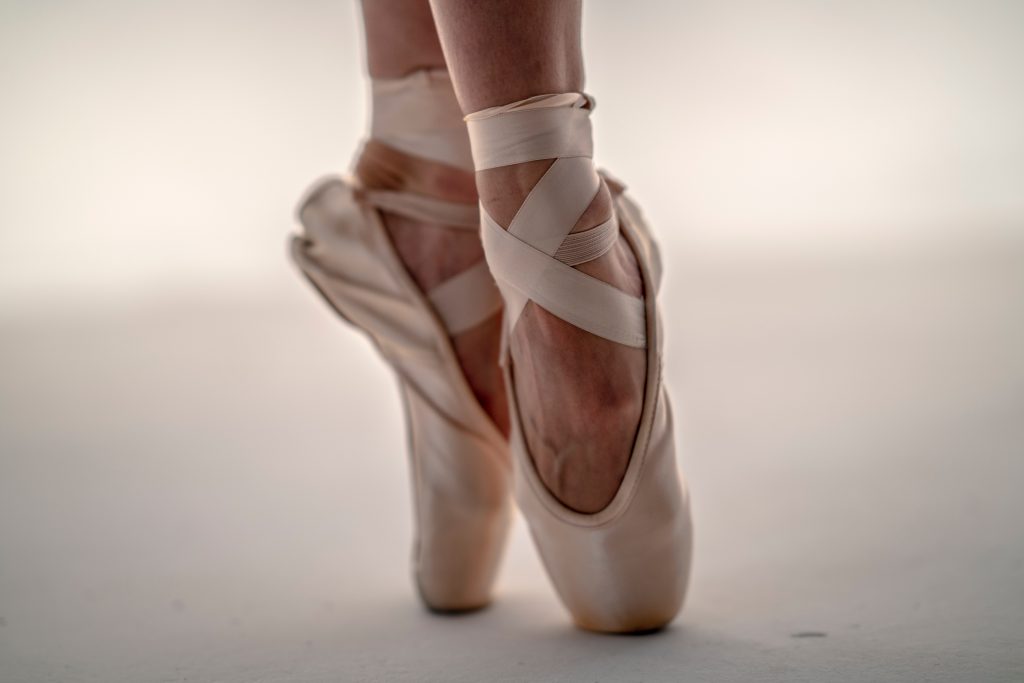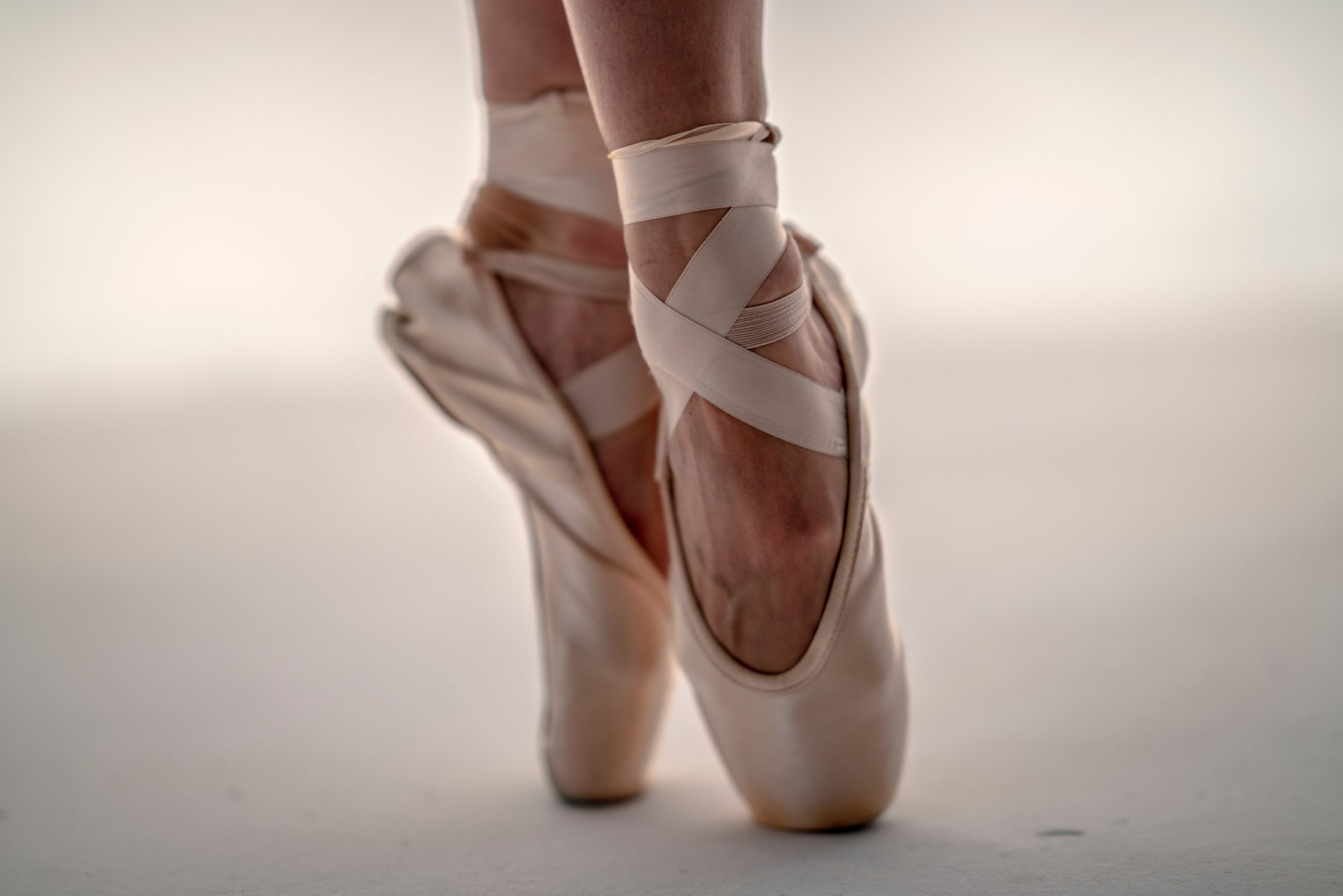
Dance Injuries: Treatment and Prevention
- November 18, 2022

Dr. Kevin Koo
CONSULTANT ORTHOPAEDIC SURGEON
The Bone & Joint Centre (BJC)
Dr. Kevin Koo is a fellowship-trained consultant orthopaedic surgeon. He was previously the Director of Foot and Ankle Service at the Singapore General Hospital and has more than 15 years of clinical experience.
Dr. Kevin Koo’s practice interests include foot and ankle surgery, joint replacements, sports injuries and minimally invasive surgery.
- Orthopaedics, Physiotherapy
- Reading Time: 3 minutes
- dance
Share with others

Types of Dance Injuries
Certain dance injuries may seem harmless but some can actually cause significant damage.
Types of dance injuries include:
- Hip injuries such as snapping hip syndrome, labral tears and hip flexor tendonitis
- Foot and ankle injuries such as ankle sprain, achilles tendinopathy, achilles tendon rupture, plantar fasciitis, inflammation of the big toe tendon and fractures
- Stress fractures such as metatarsals and lumbar spine
- Knee injuries such as lliotibial band syndrome, patellar tendonitis, patellar dislocation, meniscal or cartilage tear and anterior (front) knee pain
Treatment Options
Treatment for dance injuries will depend on the type and severity of the dance injury.
For mild injuries, the treatment usually involves:
- R.I.C.E Method – Rest, Ice, Compress, Elevate
- Physiotherapy – to restore strength, mobility and flxeibility
- Non-invasive Shockwave Therapy – This is an option in suitable cases such as plantar fasciitis and achilles tendinopathy, to speed up recovery.
However for more severe injuries, surgery may be advised by your doctor.
How to prevent dance injuries?
Don’t dance your way into injury! Here are some preventive measures to bear in mind.
1. Get the technique right
Getting a professional instructor is especially important for someone new to dance. A good instructor will be able to teach proper techniques and monitor the dancer’s performance and rehearsal load, as well as his or her fitness level and general health.
2. Adequate warm-up before dancing
The warm-up session should include gentle pulse-raising activities to increase cardiorespiratory and metabolic rates, joint mobilisation in which you gently move various joints through their range of motion, and dynamic stretching exercises.
3. Be progressive in one’s dance regimen
Increasing intensity and complexity at a reasonable pace – to avoid unnecessary stress on an unconditioned joint, muscle or tendon, as well as knowing one’s limitations, can go a long way in preventing injuries.
Expert Opinion from Dr Kevin Koo
“The key to a quick and full recovery from any injury is prompt diagnosis and treatment!
Seek help early from your doctor to ensure that appropriate treatment is received so one can resume dancing again. Early and prompt treatment leads to better outcomes.”
Article contributed by Dr. Kevin Koo, Consultant Orthopaedic Surgeon at The Bone and Joint Centre






